The Lyrid meteor shower is active between April 16 and April 25. Here’s how to see it.

The Lyrid meteor shower has returned, and some lucky skywatchers are already catching glimpses of these bright meteors as they streak across the sky.
The Lyrids appear to radiate from the constellation Lyra, located near the bright star Vega in the northeastern sky. But don’t focus directly on the radiant — some of the most dramatic meteors often appear farther away, streaking across the surrounding sky.
For the best show, head outside during the early morning hours of April 22, as this is the peak of the meteor shower, ideally between 3 a.m. and 5 a.m. local time, just before dawn.
To see the most meteors, find the darkest sky you can. Try and escape city lights and head to a rural location, a designated dark sky park, or even a quiet stretch of beach or mountain trail. But remember to stay safe and always let someone know where you are heading.
Let your eyes adjust to the dark for about 30 minutes, and try to use only red light to preserve your night vision. Then simply lean back, relax and look up!

This year’s waning crescent moon won’t rise until after 3:30 a.m. local time, so you don’t have to worry about moonlight outshining fainter meteors. Under ideal conditions — very dark skies — you can expect to see about 15 to 20 meteors per hour and perhaps even more if you’re lucky. The Lyrids are known for the occasional surprise outburst, so it’s worth keeping an eye on the sky.
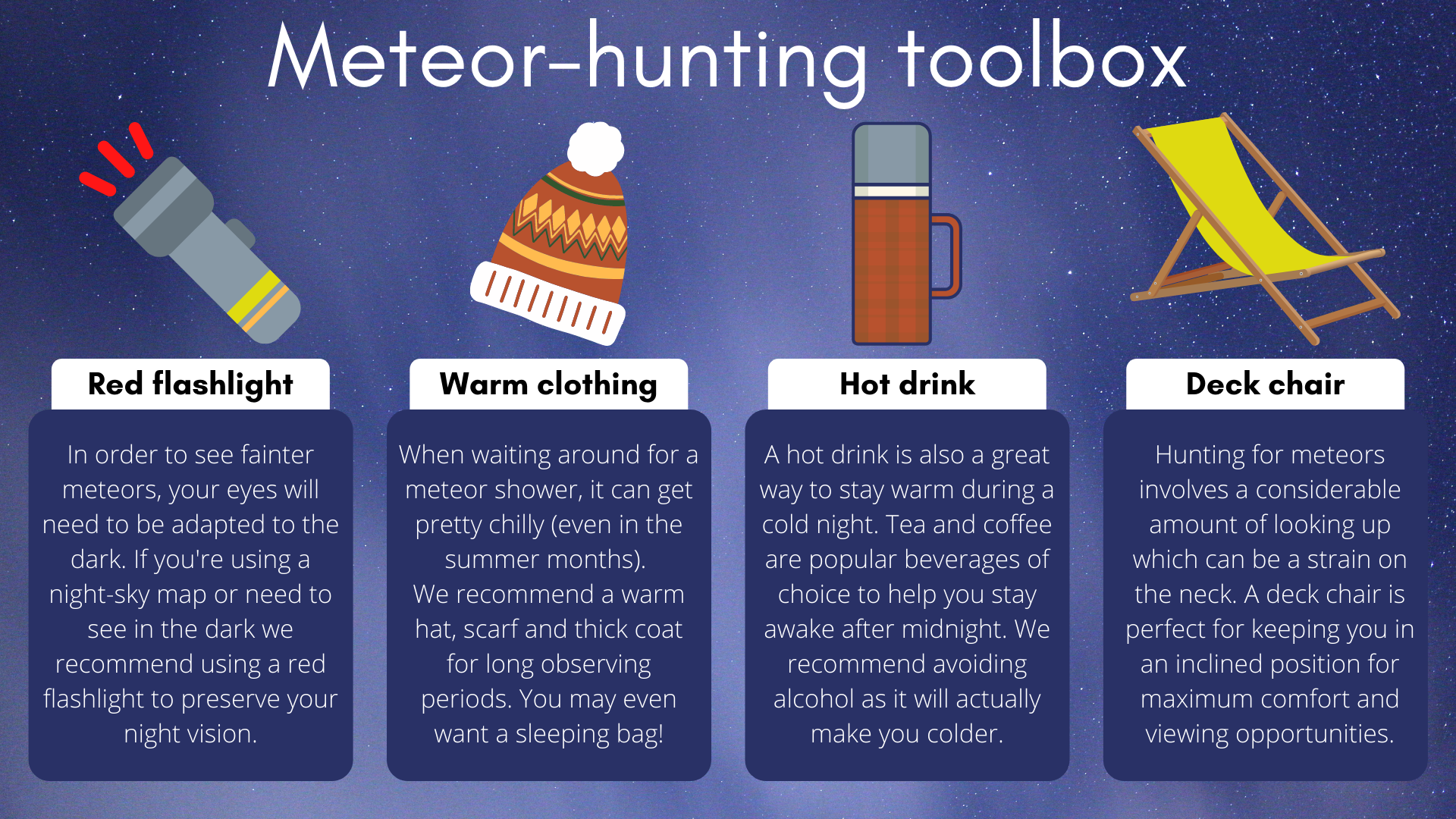
The Lyrids are a welcome sign of spring in the northern hemisphere. So what are you waiting for? Make yourself a nice hot drink, wrap up warm and head out for a night of springtime skywatching. You never know what you might find!
Credit: www.space.com

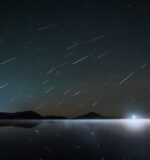
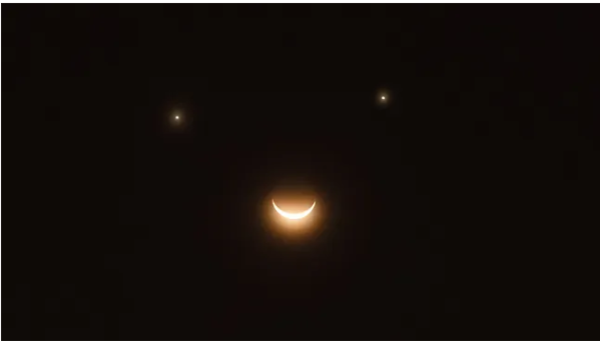
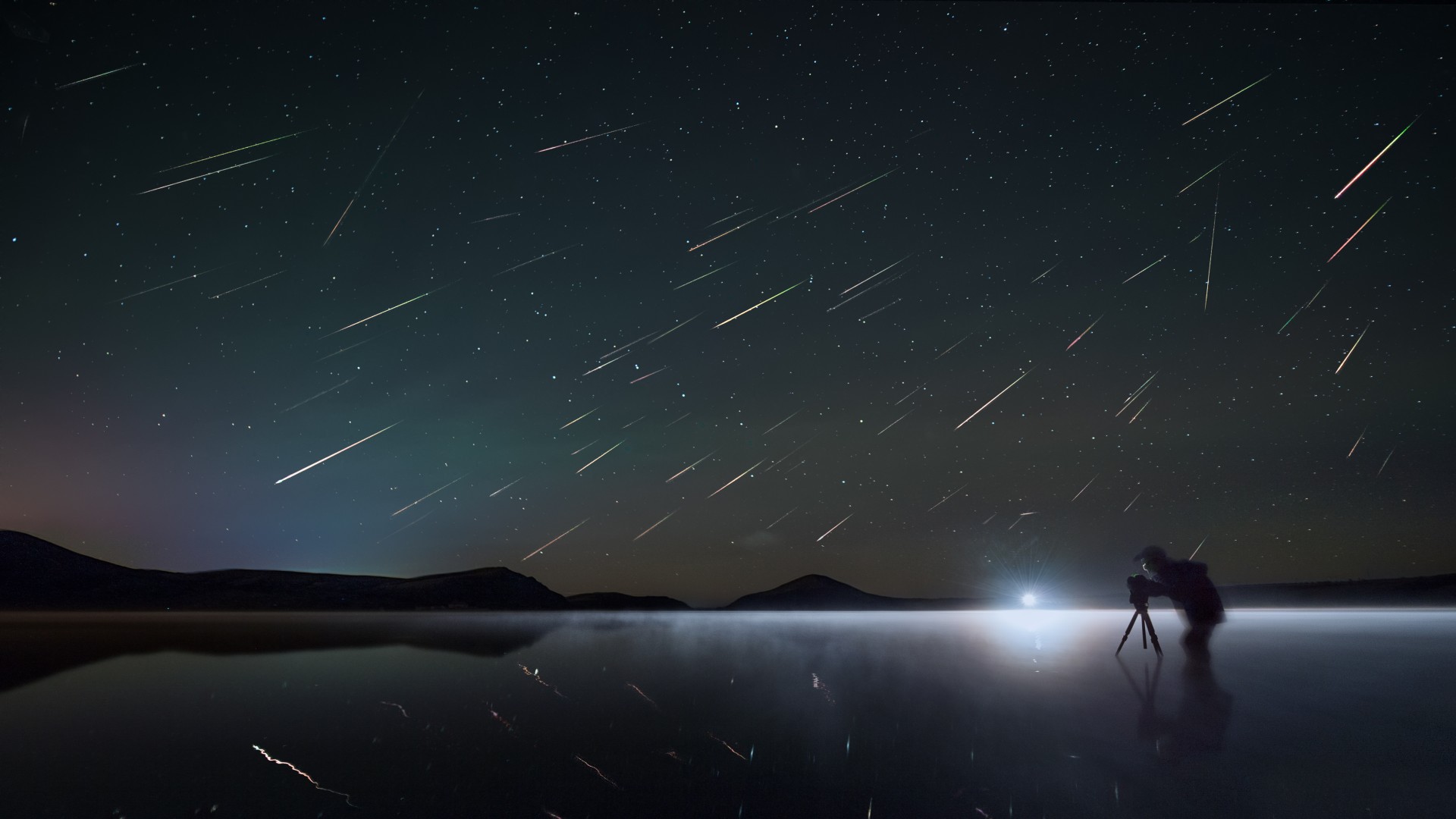
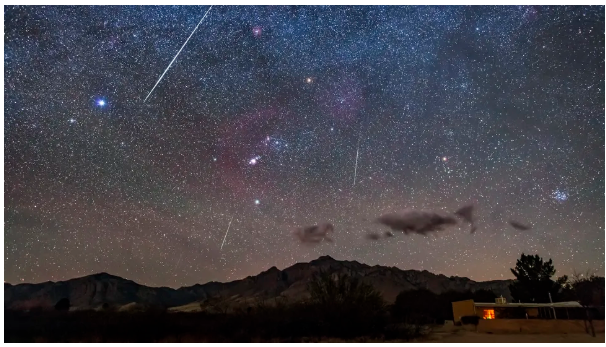
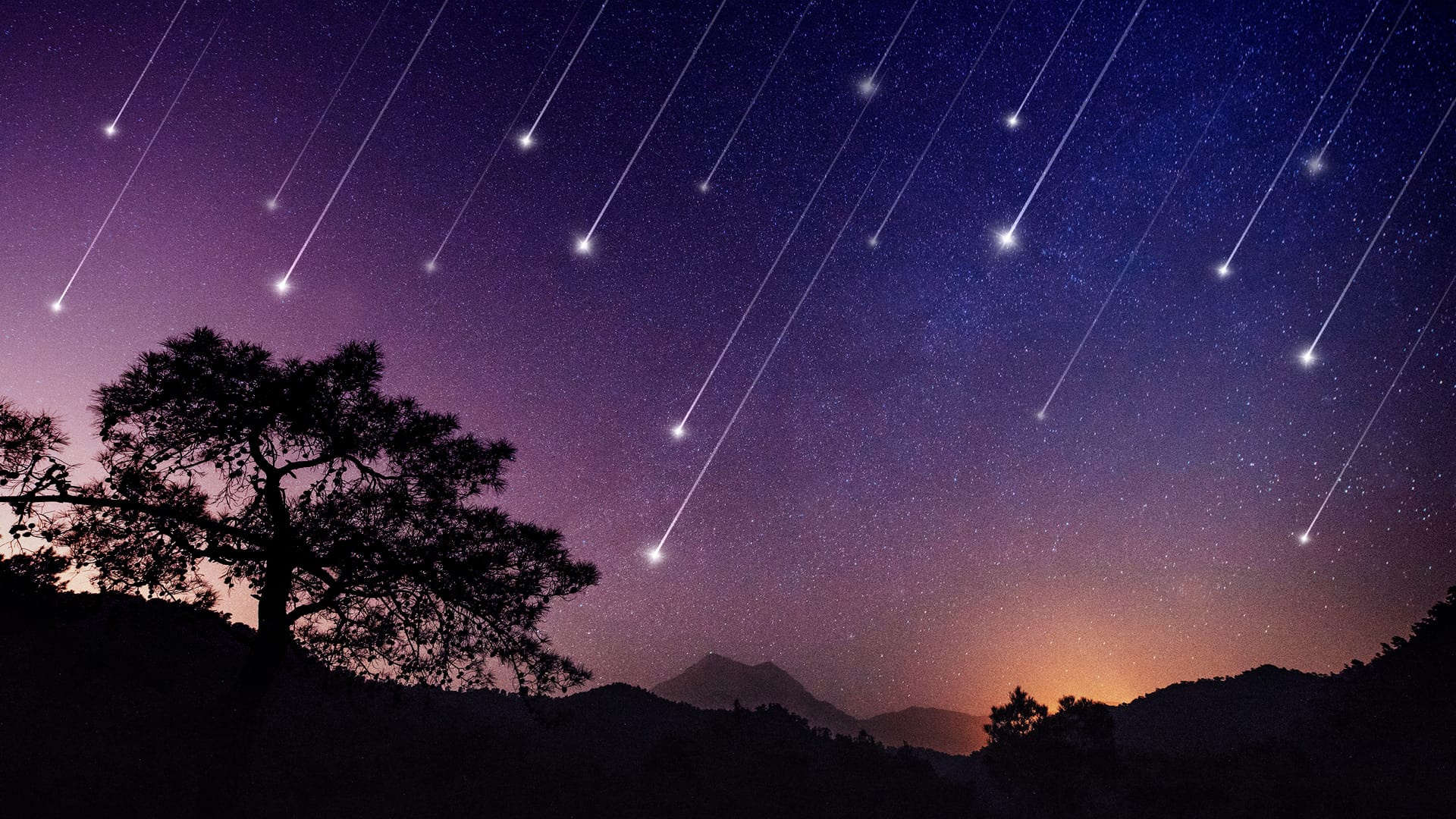
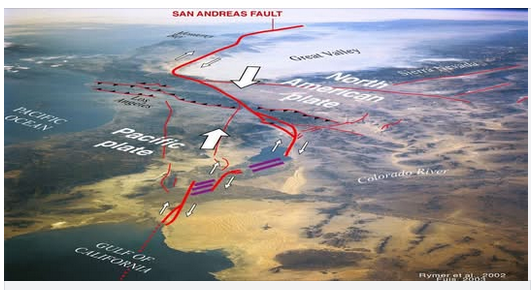

 Photographer Finds Locations Of 1960s Postcards To See How They Look Today, And The Difference Is Unbelievable
Photographer Finds Locations Of 1960s Postcards To See How They Look Today, And The Difference Is Unbelievable  Hij zet 3 IKEA kastjes tegen elkaar aan en maakt dit voor zijn vrouw…Wat een gaaf resultaat!!
Hij zet 3 IKEA kastjes tegen elkaar aan en maakt dit voor zijn vrouw…Wat een gaaf resultaat!!  Scientists Discover 512-Year-Old Shark, Which Would Be The Oldest Living Vertebrate On The Planet
Scientists Discover 512-Year-Old Shark, Which Would Be The Oldest Living Vertebrate On The Planet  Hus til salg er kun 22 kvadratmeter – men vent til du ser det indvendigt
Hus til salg er kun 22 kvadratmeter – men vent til du ser det indvendigt  Superknepet – så blir snuskiga ugnsformen som ny igen!
Superknepet – så blir snuskiga ugnsformen som ny igen! 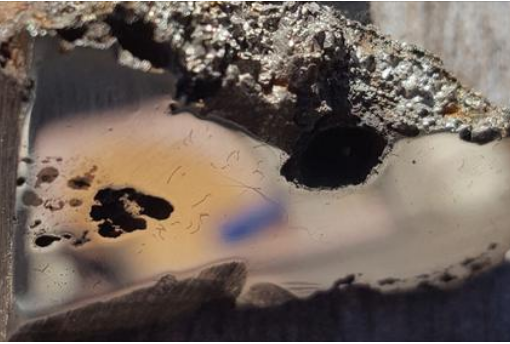 Meteorite That Recently Fell in Somalia Turns Out to Contain Two Minerals Never Before Seen on Earth
Meteorite That Recently Fell in Somalia Turns Out to Contain Two Minerals Never Before Seen on Earth  Nearly Frozen Waves Captured On Camera By Nantucket Photographer
Nearly Frozen Waves Captured On Camera By Nantucket Photographer  It’s Official: Astronomers Have Discovered another Earth
It’s Official: Astronomers Have Discovered another Earth 